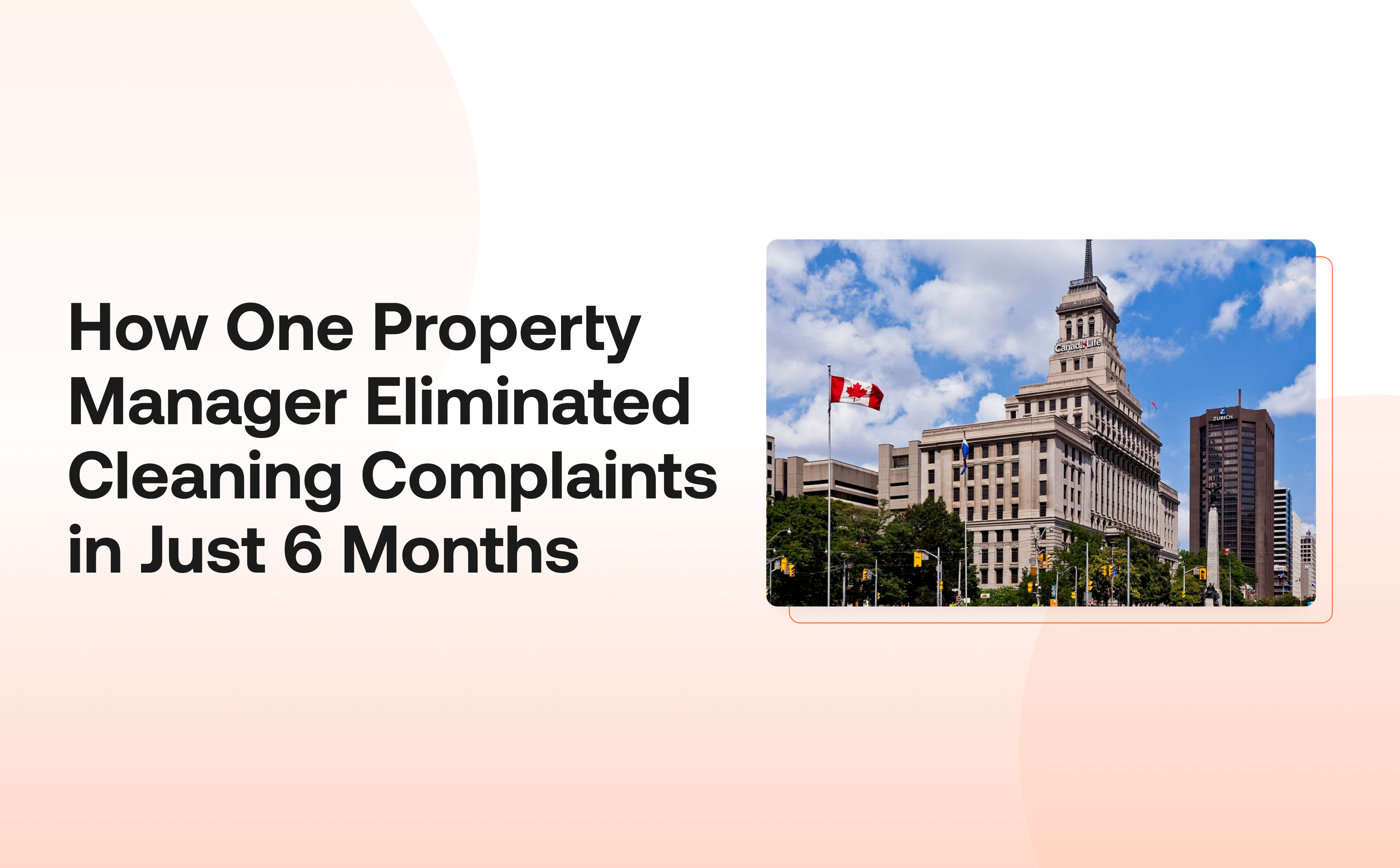

2022 Is Here: What You Need to Know About Flex Workspaces
January 12, 2022
•
min to read
2022 Is Here: What You Need to Know About Flex Workspaces

January 12, 2022
•
min to read


2022 Is Here: What You Need to Know About Flex Workspaces

January 12, 2022
•
min to read

2022 Is Here: What You Need to Know About Flex Workspaces
The pandemic may have forced an initial work-from-home period, but that doesn’t mean everyone has kept it up. In fact, 2021 saw a flurry of activity in the commercial real estate market, and according to Mero, 33% of their monitored buildings saw traffic increases of at least 20% in offices.
Despite recent events, many experts believe this trend is only going to continue. The government hopes to return to focus on revitalizing businesses and keeping businesses open, meaning that 2022 will still see more returns to work and increased occupancy in offices, even if it might look a little different than before.
While a complete return to work seems unlikely, many companies are embracing hybrid work models and in-person work environments aren’t going away: 57% of Canadian employers are planning to return to the office by early 2022 and more than 3 in 4 Canadians like the idea of a hybrid work model.

A Look at Flex Workspaces in 2022
Flex workspaces are going to become more and more common. According to JLL, flex workspace could provide viable investment opportunities as they attract “a wide range of occupiers, reducing the amount of empty space in a building and potentially diversifying their income streams through offering ancillary services.” These are flexible office spaces that can be used for multiple purposes; they often have hot desks, meaning no fixed workspaces or assigned seats, and open-concept layouts that encourage collaboration.
Companies will start to partially lease out their footprint, not only to help subsidize the cost of spaces, but to accommodate social distancing in the workplace. Flex workspaces are the solution companies need to get employees back in the office in a safe but productive way. They offer employees flexible working environments outside their home that support the hybrid work models, while giving employees a collaborative, engaging workspace to do their most productive work and a chance to socialize with colleagues.
Property managers can prepare for the surge in return to work by proactively adopting technology that will support the flex workspace, creating safe and healthy environments for their tenants. Mero’s technology does exactly that: with simple but effective solutions to show real-time occupancy updates, space usage analytics, and dynamic consumable updates, property managers can better support flex workspace needs in 2022.
The return to work has already started, and we expect it won’t slow down anytime soon, even if it looks a little different. Flex workspaces are the natural evolution of in-person working environments, and solutions like Mero are how property managers can adapt and prepare for this ever-growing shift in workspaces.




